During my PhD at PIK, I coupled the state-of-the-art DGVM LPJmL to the Earth system model CM2Mc and investigated with that model fire-induced hysteresis and tipping in the Amazon rainforest. In my Postdoc time at PIK I further developed the new comprehensive and fast Earth system model (POEM) into a simulator of planetary boundaries (PBsim) and applied it to investigating planetary boundaries and their interactions, tipping points, and the global carbon cycle.
Currently, I work at the German Meteorological Service (Deutscher Wetterdienst, DWD) and focus on climate, hydrology, snow climatology and snow melt modeling. I further collaborate with the POEM team at RD1 and the future lab Artificial Intelligence in the Anthropocene.
My contact details at DWD are:
Deutscher Wetterdienst
Abteilung Hydrologie (KU4)
Referat Hydrometeorologische Beratungsleistungen
Michendorfer Chaussee 23
14473 Potsdam
Email: markus.drueke@dwd.de
Department
Contact
14412 Potsdam
ORCID






